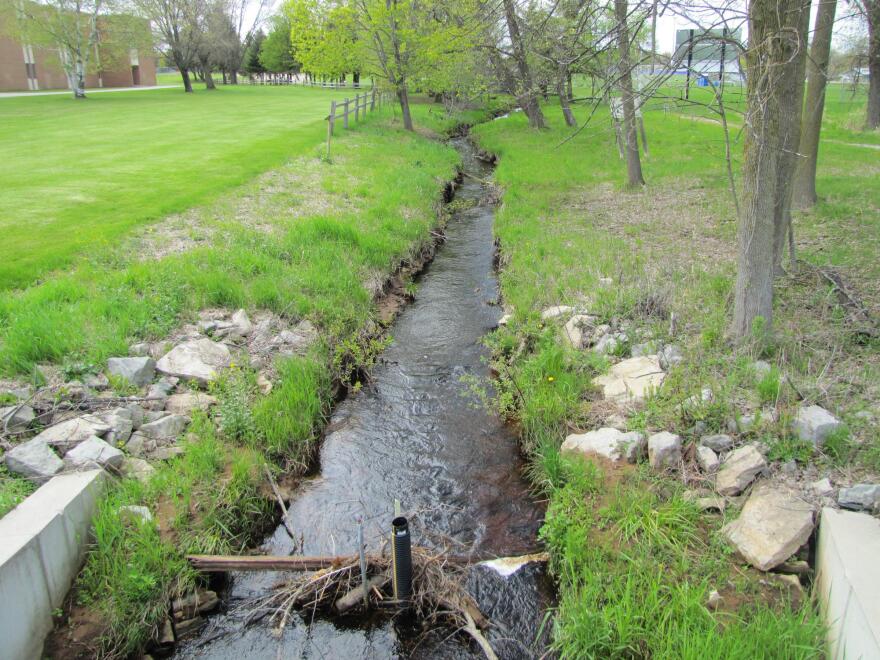Updated at 5:16 p.m. CT
Wisconsin health officials said Friday they've finished drafting new groundwater standards for more than 20 substances, including a dozen types of PFAS chemicals.
The Department of Natural Resources asked the Department of Health Services in April 2019 to begin researching the health impacts of 40 unregulated substances and provide recommendations on how much of each substance should be allowed in groundwater. The DNR plans to use the recommendations as the basis for writing an administrative rule establishing standards that will apply to bottled water, agricultural chemicals, clean-up at contaminated sites and landfills.
Bruce Rheineck, DNR groundwater section chief, says the goal is to set a clear uniform standard while allowing flexibility on how to reduce the substances. That way there isn't "a particular way to get there, it just says the program and the activity have to figure out how to get there,” he says.
DHS officials said they reviewed scientific literature about each substance and came up with recommendations for 22 of the 40 substances, including 16 types of PFAS and six pesticides. The department said it couldn't come up with recommendations for the remaining 18 due to limited information on their effect on human health.
PFAS are human-made chemicals that research suggests can cause health problems in humans. The chemicals have been used for decades in a range of products, including firefighting foam and stain-resistant sprays. Several areas of the state, most notably Marinette and Dane counties, have been grappling with PFAS contamination in their groundwater over the last few years.
The DNR's policy board enacted an emergency rule last month restricting the use of fire-fighting foam to emergencies and training at facilities with DNR-approved disposal systems.
Editor's note: This story has been updated to correct that health officials created recommendations for 16 PFAS, not 12.





